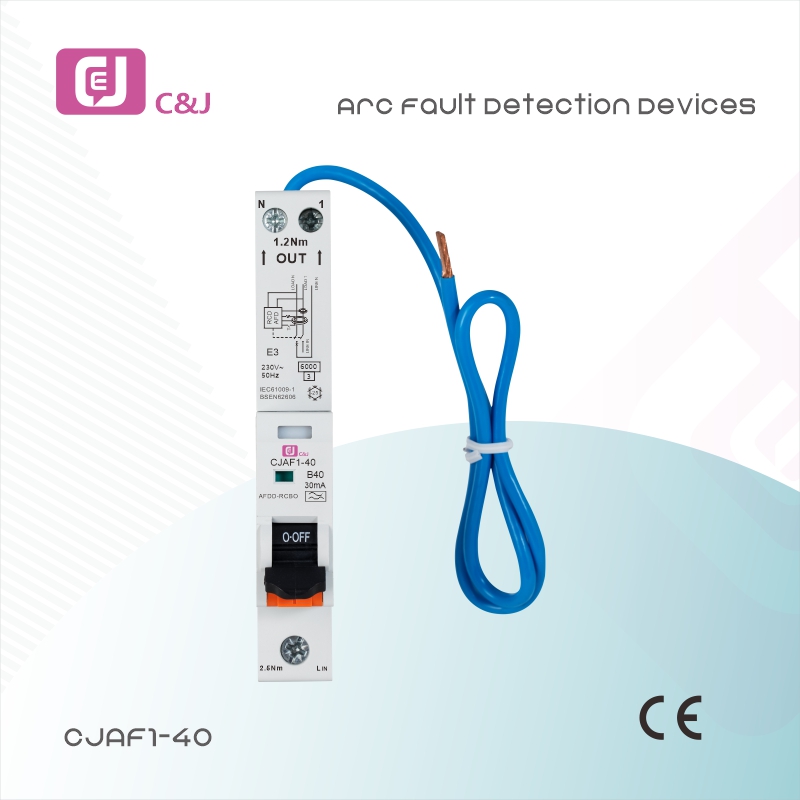AFDD Protection: A Comprehensive Guide to Arc Fault Detection Devices
In the field of electrical safety, AFDD protection has garnered significant attention in recent years. AFDD, standing for Arc Fault Detection Device, is a technology designed to enhance the safety of electrical equipment by detecting and mitigating the risks associated with arc faults. This article will delve into the importance of AFDD protection, its functions, and its role in preventing electrical fires.
Understanding Arc Faults
Before exploring AFDD protection, it’s crucial to understand arc faults. An arc fault occurs when an unintended electrical discharge occurs between two conductive materials. This can occur due to a variety of factors, such as damaged wires, loose connections, or deteriorating insulation. When an arc fault occurs, high temperatures are generated, causing sparks and ultimately electrical fires. According to the National Fire Protection Association (NFPA), arc faults are responsible for a significant number of residential fires, making effective detection and prevention methods crucial.
The role of AFDD protection
AFDD protection devices are designed to detect these dangerous arc faults and disconnect power before a fire occurs. They continuously monitor the circuit for signs of arcing. Once an arc fault is detected, the device quickly disconnects the circuit, preventing a potential fire. This proactive electrical safety measure is crucial, especially in residential and commercial locations that rely heavily on the electrical system.
How AFDD works
AFDDs use advanced technology to distinguish between normal electrical activity and potentially dangerous arc faults. They use a combination of current and voltage sensors to monitor current flow. When an arc fault is detected, the device triggers a trip mechanism, removing power from the affected circuit. This rapid response is crucial to preventing fires from escalating.
AFDDs can detect two main types of arc faults: series arcs and parallel arcs. Series arcs occur where a circuit is broken, while parallel arcs occur between two conductors. AFDD protection is designed to identify both types of faults, ensuring comprehensive protection against electrical hazards.
Benefits of AFDD Protection
- Enhanced Safety: The primary benefit of AFDD protection is the increased safety it provides. By detecting arc faults early, these devices significantly reduce the risk of electrical fires, protecting life and property.
- Comply with regulations: Many regions have begun mandating the installation of AFDDs in new construction or major renovations. Complying with these regulations not only ensures safety but also avoids potential legal liability.
- Peace of Mind: Homeowners and business owners have peace of mind knowing their electrical system is protected by AFDD. This allows them to focus on their daily tasks without worrying about electrical hazards.
- Cost-Effective Solution: While the initial investment in an AFDD may seem significant, the long-term savings from preventing fire damage and lower insurance premiums can outweigh the costs.
In summary
In summary, AFDD protection is a vital component of modern electrical safety systems. As awareness of the risks of electrical fires increases, the adoption of arc fault detection devices becomes increasingly important. By understanding the capabilities and benefits of AFDDs, homeowners and businesses can take proactive steps to protect their environments from the hazards of arc faults. Investing in AFDD protection is more than just a regulatory requirement; it’s a commitment to safety and prevention in an increasingly electrified world.



Post time: Sep-10-2025

